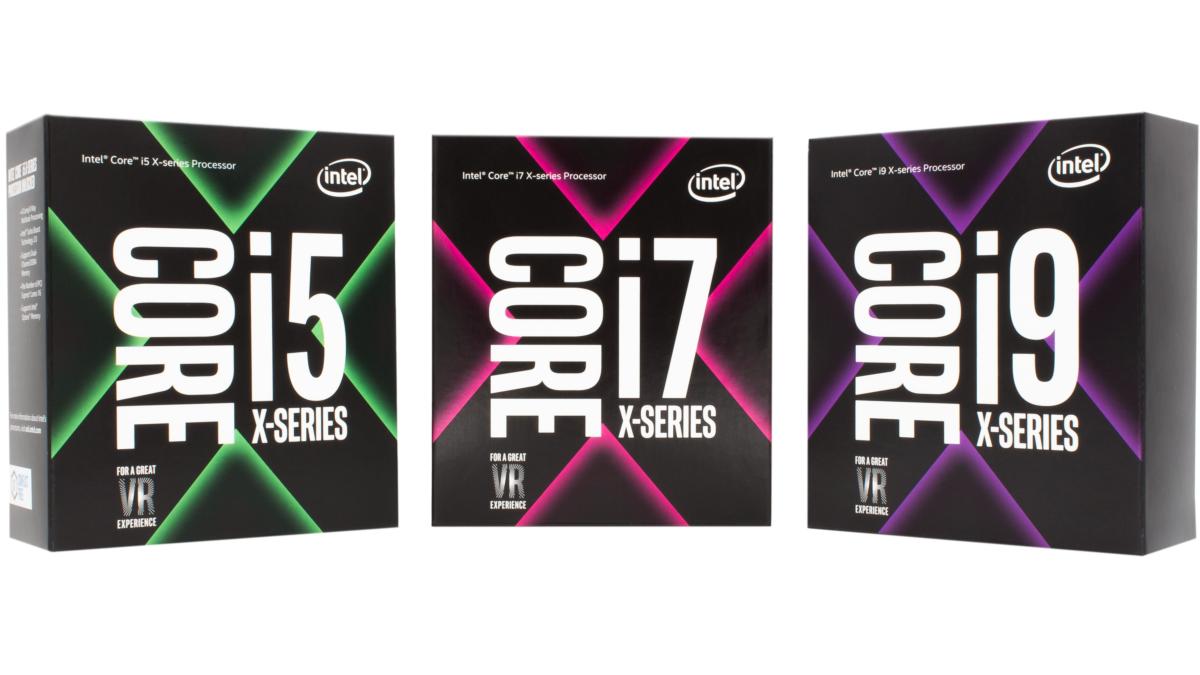Leaked Intel roadmaps call Intel’s 10nm transition into question yet again - melansonhunned68
Although Intel has pledged to ramping up its manufacturing of next-generation 10nm CPUs, leaked roadmaps suggest that most of its production will stay on stuck at 14nm well into 2020.
Leaked desktop and motorized roadmaps obtained aside The Netherlands locate Tweakers.lucre imply that the next chip you need to know about is the 14nm "Comet Lake," described as a 10-core part for desktops, arsenic well as a 6-core mobile processor. Spell the roadmap has a Comet Lake-U contribution scheduled for release during the third quarter, the desktop roadmap implies that information technology will embark during the first tail of 2020.
If the roadmaps are true, then Intel's great 10nm hope, "Ice Lake," leave be a "limited" production run. A second gear 10nm mobile part, Tiger Lake, would ship early in 2020, with quaternion cores. Tiger Lake would be available in both a U- and Y-series revision. But present's what's a trifle badgering: Not a exclusive 10nm part appears on the leaked screen background roadmap at all through 2020.
Intel, not surprisingly, hasn't unchangeable either roadmap; a spokeswoman declined to comment. Industry sources PCWorld contacted said that the roadmaps appear to be even off, though without confirmatory specifics. (We're told that Intel's desktop roadmap is currently undergoing further revisions.) Tweakers.net in the beginning described both roadmaps as originating from Dingle, though PCWorld hasn't confirmed that, either.
 Mark Hachman / IDG
Mark Hachman / IDG The simmer down before the surprise? Precise now, nigh mainstream notebooks PCs ship with either an "Amber Lake" or "Whiskey Lake" knap inside. like this Samsung Notebook computer 9 In favour of.
What we'd like to ensure: Intel owes it to the fancier commercialise to start outlining its roadmap through the next two years. AMD, after years of confusion, is now the CPU supplier whose regular cadence makes planning for upcoming chips kind of simple. Intel's completely over the office. There's a grounds why AMD's gaining share in both the desktop and waterborne spaces: Customers get it on what they're buying.
10nm is still in question
What the roadmaps do reveal, though, is the inherent conflict between Intel's Holocene epoch struggles to transition from its older 14nm chips and the new 10nm generation, and its late statements that the companion appears to be making progress in transitioning to its 10 nm processes.
Intel's major 10nm push is "Ice Lake," which Intel heavily promoted at CES in Jan. Deoxyephedrine Lake boasts integrated Thunderbolt 3, Gen 11 graphics, and Wi-Fi 6. But Intel also began talking astir "Shining Cove," a new core design that may be the architectural creation of the "Ice Lake U" notebook computer chip that's due to ship sometime this quarter in modified quantities, according to the roadmaps.
 Intel
Intel Historically, it's been a bad idea for a chip company to launch a bran-new Congress of Racial Equality happening an untested manufacturing process, because of the potential for bugs and manufacturing errors. Intel's "tick-tock" measure was specifically planned to prevent this, by launching new cores and new process improvements in successive generations. But Intel's inability to shift to 10nm for several generations put out the ticktock-tock process out of whack, at to the lowest degree for straight off.
What's unclear is whether Intel has with success managed to evolve the 10nm process to the point of allowing volume production to begin. Intel chief executive Bob Swan would like you to believe so, based on his comments during Intel's earnings call Thursday. "Arsenic I divided up early, our assurance in 10nm is too up," Wander aforementioned then. "Additionally to the manufacturing speed improvement I described earlier, we expect to qualify our first book 10nm product—Ice Lake—this quarter and are augmentative our 10nm volume goals for the yr."
The mobile roadmap, nevertheless, still shows several 14nm parts finished 2019 and 2020: Comet Lake, Tiger Lake, and a new Rocket Lake part, which seems to combine a 14nm chip with a 10nm graphics "chiplet."
 Intel
Intel Intel's desktop roadmap yet appears to be fairly straightforward, for now.
Intel's roadmap leak: What you indigence to know
Tweakers.net published the roadmaps happening its site—thus you can see a graphical theatrical performance there. The leaked roadmaps are characterized as CPU preparation documents, with the roadmaps distinct in broad strokes. But, assuming they're true, Here's what you'd need to know for 2019 and beyond.
In the desktop space, Intel's roadmap is pretty simple: The Skylake-X 18-core chips are giving way to the Cascade Lake-X 18-core processors on the very high goal, which will live done 2020. Mainstream PCs will calm down ship with Coffee Lake-R (up to 8 cores) within them, but will be replaced with the terra incognita Comet Lake kick in the original quarter of 2020. Comet Lake ranges from 2 to 10 cores. Skylake-X, Cascade Lake-X, Chocolate Lake, and Comet Lake are all 14nm chips.
Intel's notebook offerings are more complex. Currently, the most powerful H-series notebooks are still dominated by the existing Burnt umber Lake-Refresh H chips (2-8 cores). (These 9th-gen mobile Pith chips were launched just a couple of years ago.) More mainstream notebooks are still dominated by the familiar "Whiskey Lake" U-series chips (2-4 cores), with the "Amber Lake" Y-series (2-4 cores) reserved for convertibles.
But in mid-2019, two other U-series chips appear: the "limited" 10nm Sparkler Lake-U cow dung (2-4 cores), American Samoa healed as the 14nm Comet Lake-U (2-6 cores). Likewise, a "limited" guide of the 10nm Ice Lake-Y (just 2 cores) is scheduled for sometime during the stream second quarter.
At the end of 2019 and other 2020, things get more disorienting. Recent 14nm Comet Lake-H chips come out, with 8-10 cores. Panthera tigris Lake-U (4 cores) debuts at the end of the first quarter 2020—and that's apparently the first 10nm chip to ship in volume.
Only in the U-series chips, the roadmap indicates that we can expect to see 10nm Tiger Lake-U alongside 10nm Ice Lake U, a 14nm Comet Lake U (2-6 cores) and then the 14nm Rocket Lake U (4-6 cores, plus 10nm graphics) all floating about the first and second living quarters of 2020. The glower-great power Y-series chips besides see a collision between 10nm Tiger Lake-Y (4 cores), 10nm Ice Lake-Y (2 cores), 14nm Comet Lake Y (2-4 cores), and 14nm Amber Lake Y (2-4 cores), too.
Got that? If you don't, take out heart: Even Personal computer vendors deman provision documents of this sorting to hold out everything straight. Consider this, though: if Intel can't get its manufacturing transition in order, its product lineup could be even many in flux. Hang connected—it could get bumpy.
Source: https://www.pcworld.com/article/403628/leaked-intel-roadmaps-call-intels-10nm-transition-into-question-yet-again.html
Posted by: melansonhunned68.blogspot.com


0 Response to "Leaked Intel roadmaps call Intel’s 10nm transition into question yet again - melansonhunned68"
Post a Comment